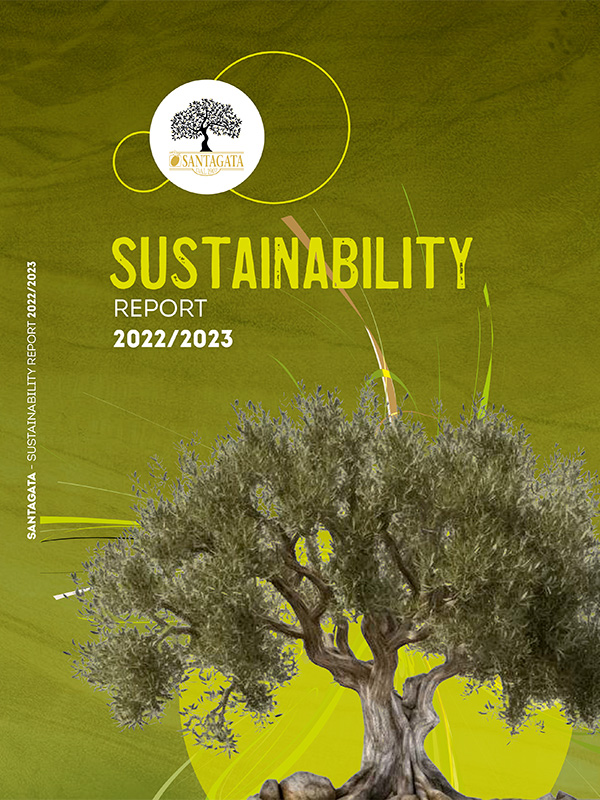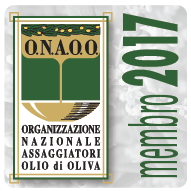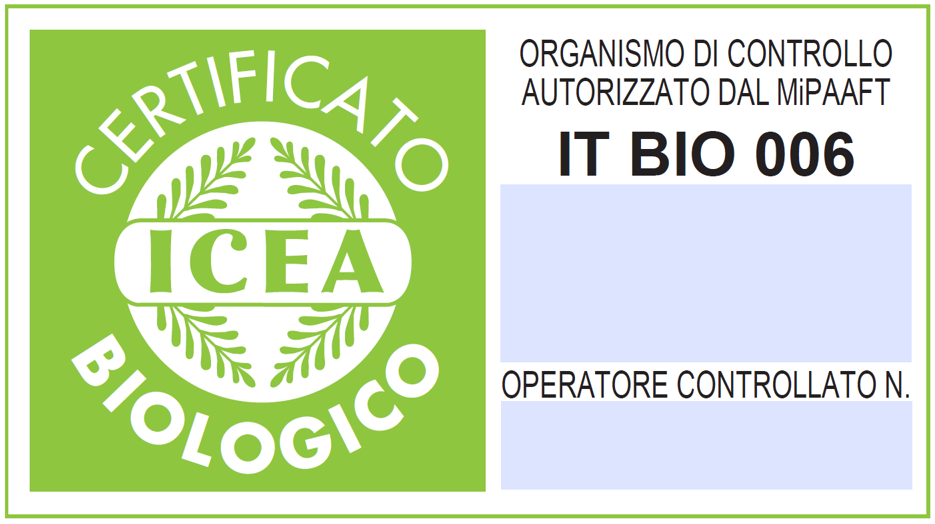
Glossary of oil terminology.
Brief description of key terms.
Excerpt from the Atlas of Oils in Italy (Atlante degli Oli Italiani) by Luigi Caricato.
B
Blend: combination of extra virgin olive oils, each with a clear identity. Their mixing is carried out to obtain a balanced and harmonious product that is specifically created to be unique, peculiar and to be appreciated by the customer. Blends are created for various reasons: to satisfy specific trends in taste (we then have a variety of flavours such as“sweet”, smooth, full-bodied or delicate); in relation to a future consumption trend (for example an oil with stronger flavour and aroma or an oil with both a persistent and clear bitter and spicy flavours); to adapt the oil to the specific culinary needs. From a technical point of view, blends are created by taking into account the sensory profiles of the oils (colour, aroma, flavour, tactile sensations). Otherwise, they are created according to the “cultivar”, namely the variety, of olives that is selected; finally, blends are created depending on the specific origins of oils (some blends are from a specific territory and they are obtained through oils from the same olive orchard, other blends originate instead from oils coming from a variety of near or distant districts, provinces, regions or nations. The concept of blend in the olive oil industry is the equivalent of cuvée for wines or of coffee blend.
C
Centrifugation/centrifuging: activity that is carried out at the olive oil mill aimed at separating the oil and the olive paste, or the oil and the vegetation water through the application of centrifugal force.
(Olive Oil) Composition: olivaggio in Italian; it describes the varieties of extra virgin olive oils making up a specific variety. There are single variety oils or oils obtained by the combination of multiple varieties.
(Olive oil) Crushing: mechanical crushing of the olives to obtain the paste from which the oil is extracted. This process can be done by using traditional stone mills or modern crushers (hammer crushers, roller crushers, disc crushers, knives crushers).
Cultivar: the term is used to define the variety of olive trees and it comes from the English contraction of cultivated variety.
D
Drupe: this term identifies the fruit of the olive tree, which can have different shapes and dimensions in relation to the specific variety and the type of cultivation. The drupe is made up of peel (epicarp), pulp (mesocarp) and stone (endocarp).
E
(Olive oil) Extraction: oil-production technique; elaiotecnica in Italian.
F
Fruit set: stage of development of the olive tree that leads to the fruit formation after flowering.
H
Hand harvest: method of picking olives by hand. In some parts of Italy this method is also defined as “milking-off”.
M
Malaxation: in olive oil extraction it is the action of constantly and slowly mixing the olive paste, which has been obtained through olive crushing. This important procedure favours the breaking of the olive cells to release the oil.
(Olive oil) Miller: person who works in an olive oil mill and who is responsible for the extraction of the olive oil by using the crushing method.
Milling: see Crushing
O
Oily Must: or oily juice; it is the mixture of vegetable water and oil which are not yet separated.
Olive grower: the person who cultivates olives. The olive grower is exposed to greater risks (unexpected weather events or plants diseases caused by pathogens) than other professions in the oil industry, and he/she has no certainty of an equitable remuneration for his/her job.
Organoleptic: it indicates the specific attribute of a virgin or extra virgin olive oil, as it is perceived by sense organs.
P
Panel Leader: manager of a group/panel of tasters.
Panel test: sensory analysis of olive oil, that is carried out by a group of professional tasters who have been specially selected according to specific standards.
PDO: acronym that stands for Protected Designation of Origin; the European Community assigns this mark to extra virgin olive oils produced in a specific production area. This mark identifies a quality product that complies with the specifications and the guidelines detailed in a specific geographical area.
Peroxides: they are identified through a chemical laboratory analysis that enables to understand the oil oxidation degree. The lower the oxidation degree is, the higher the quality of the oil and the longer the oil shelf life (stored oil durability).
PGI: acronym that stands for Protected Geographical Indication; the European Community assigns this mark to agricultural products and to the extra virgin olive oils produced in a specific geographical area.
Pollination: specific phase of the plant life cycle characterised by the fertilisation process.
Polyphenols: the content of total polyphenols represents the most important parameter to define the oil quality and shelf life (stored oil durability). Polyphenols inhibit oxidation and self-oxidation processes of oil, which may occur when the product is stored.
Pomace: the residual olive paste left after processing, which contains portions of peel, pulp and stone. This residual paste is obtained by means of a specific extraction process and it is used to produce “olive pomace oil”. On cultivated lands, pomace can also be used as combustible material in biomass boilers (the so-called “small-core”), for biogas production or as soil amendment (fertiliser). The residual of olive paste that contains a variable percentage of vegetation water is defined as olive pomace.
Pressing: in olive oil extraction it is the action of separating the oily must from pomace by applying pressure on mixed olive paste through the use of a hydraulic press.
Product specification: the document pointing out specific aspects concerning the certification of origin and the quality of extra virgin olive oils. Compliance with product specification implies the constant and compulsory reference to fixed regulations concerning oil production, preservation, packaging and market.
R
Rancidity: olive oil alteration characterised by the formation of a set of compounds that cause unpleasant smell or taste.
S
Sensory analysis: analysis of the organoleptic attributes of a virgin or extra virgin olive oil by the sense organs.
T
Tasting panel: group of professional tasters who perform the sensory analysis of a product under controlled and regulated conditions within specific tasting booths. The tasters are trained and selected to detect positive characteristics or defects of oil.
U
UV spectrophotometric analysis: this type of analyses provides information about the oil quality (oxidation levels) and it enables to differentiate between virgin olive oil and rectified olive oil. The most significant parameters are K 232 absorbance, K 270 absorbance and Delta K.
V
Vegetation water: the aqueous phase that is obtained when separating oil from water once the extraction processes has been carried out.
Veraison: or colour change; it identifies the starting phase of fruit ripening process. It occurs when olive colour changes from green to violet or black; it is due to chlorophyll degradation and accumulation of anthocyanins. This colour change phase identifies the right moment to start olive harvesting (olivagione in Italian) and it precedes the ripening, the final stage of the fruit development.







